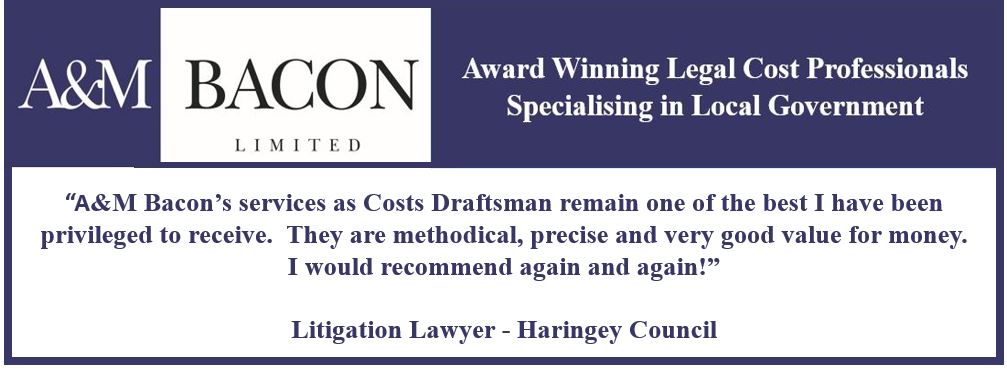Four men given lifelong anonymity orders amid fears of jigsaw identification of vulnerable child
Four men who were the subject of interim injunctions over suspected child sexual exploitation should have their anonymity protected for life after no action was taken against them, a High Court judge has ruled.
The case arose after Rotherham Metropolitan Borough Council sought a wardship application for ‘Child G’ and reporting restrictions to prevent her identification.
HH, LL, MM and NN had been the subject to earlier interim injunctions that protected Child G from association with them, and The Times newspaper sought permission to identify them.
Cobb J noted in Rotherham Metropolitan Borough Council v M & Ors [2016] EWHC 2660 (Fam) the background to the case. Child G first came to the attention of Rotherham social services in 2012, when safeguarding issues were raised by her school about her mental health and general vulnerability. She later had personal and sexual relationships with NN, HH, and LL.
Child G went missing on 12 August and was found by police in a hotel room with LL, which MM had earlier visited. Police protection was sought and she was taken to a safe house. LL and MM were arrested on suspicion of trafficking for sexual exploitation.
The judge said that there was “sufficient and ostensibly reliable evidence on which Rotherham Council could reach the view that Child G was potentially the subject of sexual exploitation” but “the authority is no longer of the same mind”.
Additional police evidence led Rotherham to conclude that while Child G was vulnerable to child sexual exploitation, “the evidence, when considered in the round, did not support a conclusion that these four males, or any of them, were engaged in that form of abuse”.
Nor did it appear that there were links between the four men. The judge said: “Child G knew them in different contexts, and had formed personal relationships with three of them at different times; there is no evidence to indicate any gang activity; there is no evidence that MM has caused Child G any harm at all, or that he met her more than once.”
It was therefore “wrong, or at least disproportionate”, to seek orders against the four as Rotherham now believed wardship was unnecessary and Child G’s welfare could be safeguarded through a detailed care plan.
Dealing with the reporting restriction, the judge said there was no dispute about protecting Child G’s anonymity.
He decided the four men should be protected by lifelong anonymity orders after consideration of a number of “magnetic factors”, despite being contrary to the principles of open justice.
“None of the four associated males has been convicted of any wrongdoing; no findings are sought against them, and no findings are made about them,” the judge said.
Naming them might allow Child G to be ‘jigsaw’ identified by those who knew any of those involved. This was the central argument advanced on behalf of South Yorkshire Police, strongly supported by the council.
Cobb J noted neither HH nor NN has been arrested, “let alone charged or prosecuted for offences relating to Child G”, while LL and MM were on police bail.
Rotherham’s decision not to pursue wardship meant, “I must proceed to determine this application for a Reporting Restriction Order in respect of [the four men] on the basis that they are innocent of the wrongdoing of which they were originally suspected.”
If named they would “arguably be in a worse position” than someone tried but acquitted as they would be unable to point to a statement of innocence.
The judge said that given the strength of feeling in Rotherham after the Jay report on child sexual exploitation in 2014 “there is a substantial risk that…they would be perceived to be perpetrators or likely perpetrators, and pilloried and/or targeted in their communities if they were known to have been under suspicion in this way”. They might also seek “some form of retaliation against Child G for having exposed them through these proceedings”, were they named and then publicly vilified, he noted.
Cobb J said it was “rightly uncontroversial” that Child G's identity should be protected now and for the future. “She is an extremely vulnerable young person; it would be devastating to her to be named publicly in the press as the subject of this application, and a strong deterrent to other young people who may consider coming forward to report offending of this type.”
The judge added: “Having listened carefully to the evidence of the relevant senior officers, I am satisfied that if I named the associated males, Child G would be quickly identified in the local community in which she lives. That is sufficient on its own to justify the anonymity of the four males.
“However, quite apart from that factor, I have reached the firm conclusion that there is no true public interest in naming the four associated males, against whom, in the end, no findings have been sought or made. The Article 8 rights of the associated males would be in my judgment significantly violated were they to be publicly exposed in the media as having been implicated to a greater or lesser degree, but not proved to be engaged, in this type of offending.”
Cobb J said their rights, on these facts, predominated over the Article 10 rights of the press to report their names while not inhibiting the press from reporting more widely about this case.
“I have cross-checked these conclusions against the measure of proportionality and have unhesitatingly concluded that no lesser order will suffice; the injunction will therefore extend for their lives until or unless earlier varied or discharged,” he concluded.
Mark Smulian




